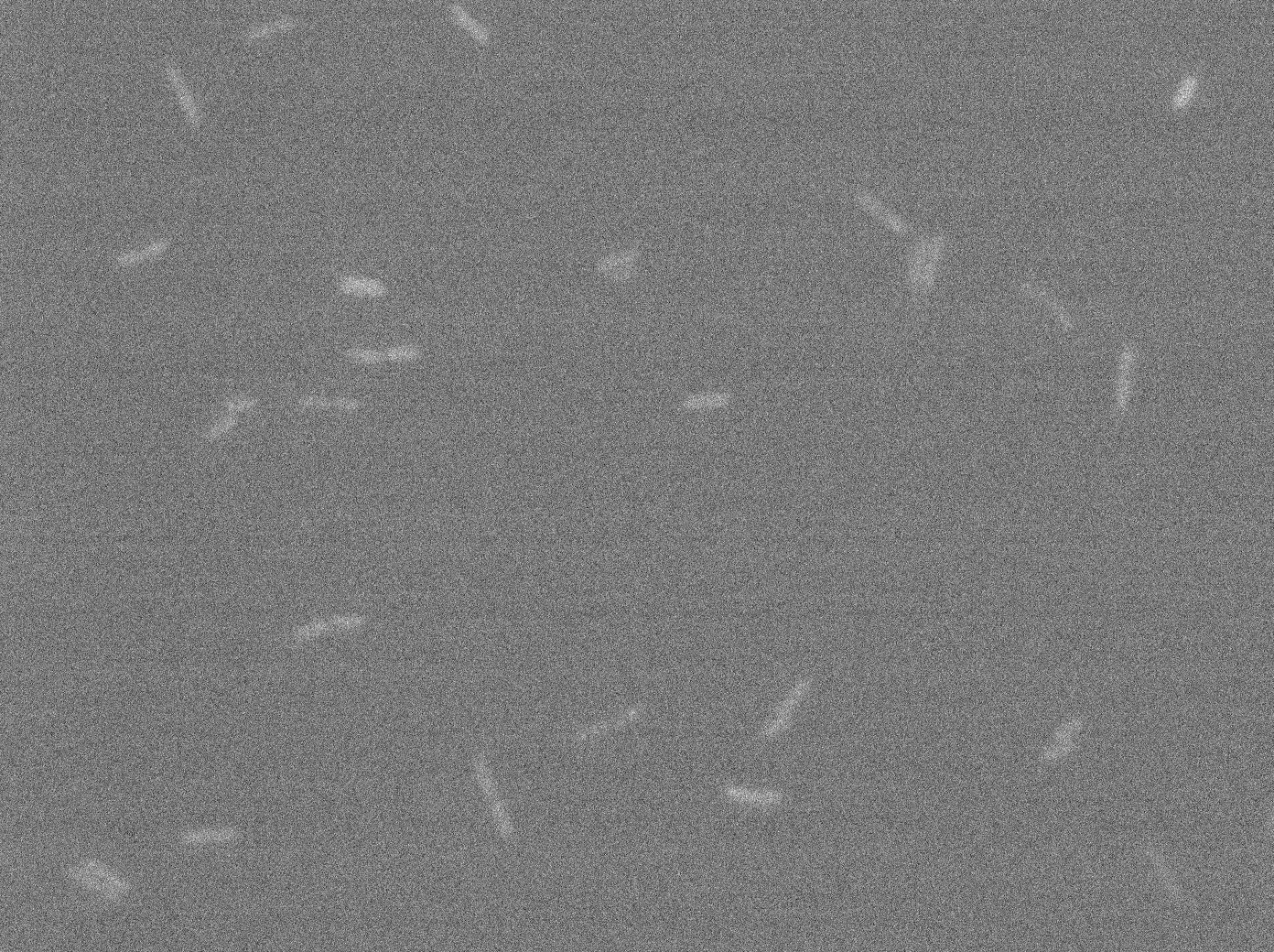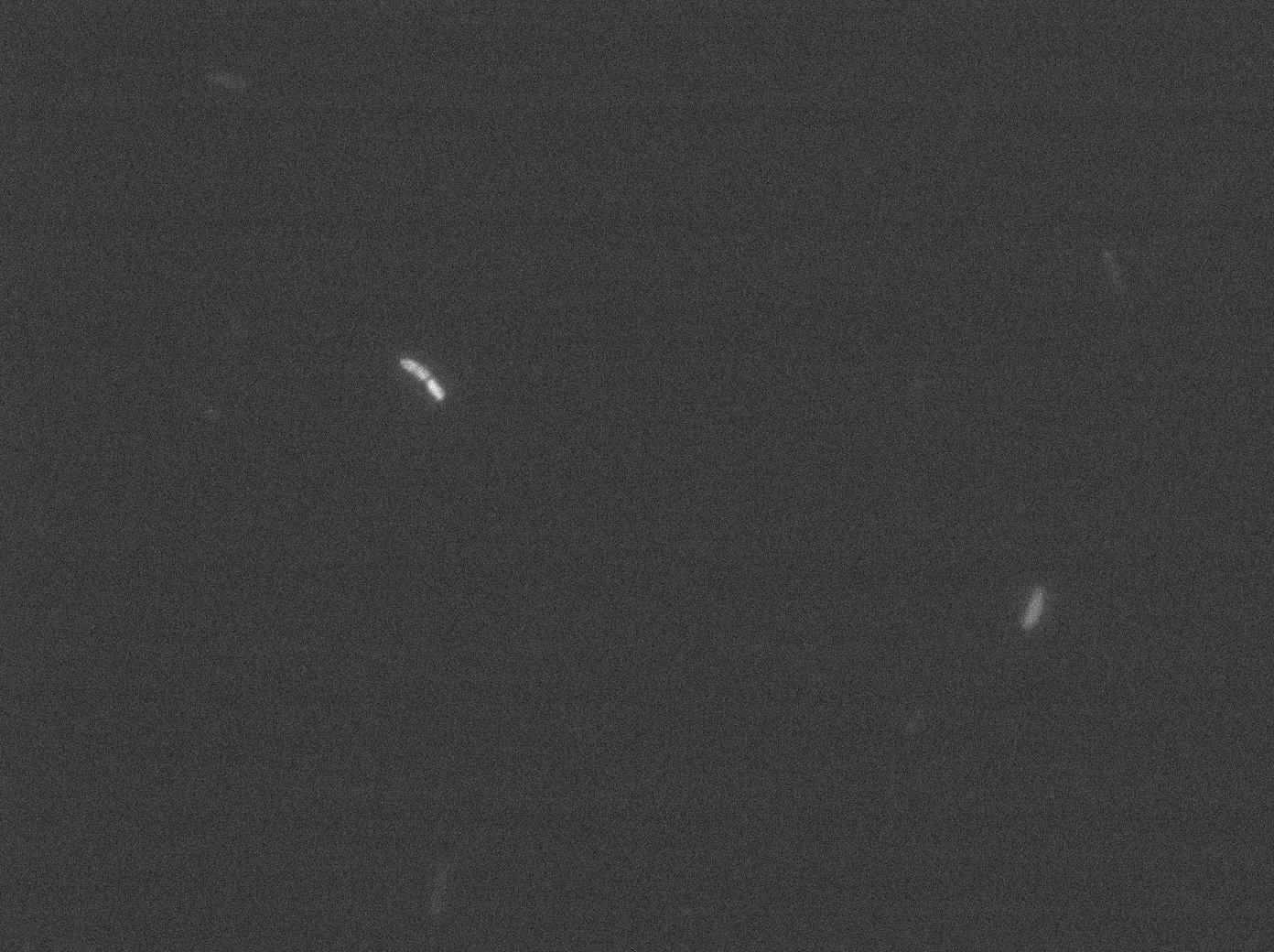Team:Paris Bettencourt/Experiments/YFP TetR diffusion
From 2011.igem.org
| Line 104: | Line 104: | ||
</div> <!-- close footer-wrapper --> | </div> <!-- close footer-wrapper --> | ||
</div> | </div> | ||
| - | <div id="scroll_left | + | <div id="scroll_left"><a href="https://2011.igem.org/Team:Paris_Bettencourt/Modeling/YFP_TetR_diffusion"><img src="https://static.igem.org/mediawiki/2011/e/e0/Arrow-right-big.png" style="width:100%;"></a><a href="https://2011.igem.org/Team:Paris_Bettencourt/Modeling/YFP_TetR_diffusion">See the model!</a></div> |
| - | + | ||
</html> | </html> | ||
Revision as of 15:44, 12 September 2011

Experiments of the YFP concentration design
The planning of the experiments is the following : first we have tested the strains from D. Lane containing YFP:tetR and tetO array. Then we constructed/biobricked the YFP:tetR and tetO array system. To finish with the microscopy step and results of this proof of concept between B. subtilis and B. subtilis / E. coli.
Testing the YFP:tetR strains from D. Lane
In the article [1], E. coli strains are growing at 20°C to avoid protein agregation but the problem is that nanotube between B. subtilis has been only proved to exist at 37°C. We test different possibilities : at 37°C or 30°C and concentration of arabinose (0% - 0,1% -0,2%) to deal with protein agregation.More pictures and information on the notebook [2].
Biobricked system construction
Results and microscopy of the proof of concept
In the emittor cell (B. Subtilis), we have inserted a expressive system for the YFP:tetR. It contains the promoter pVeg, the RBS for B. Subtilis and the YFP:tetR protein. Production of YFP:tetR will diffuse throught the nanotube to the receiver cell.
In the receiver cell (B. Subtilis or E. Coli), there is the tetO array where diffused YFP:tetR will concentrate. The YFP is the monitor of the signal.
The principle of the design is summed up in the image below

Fig1: Schematics of the YFP concentration design
 "
"









